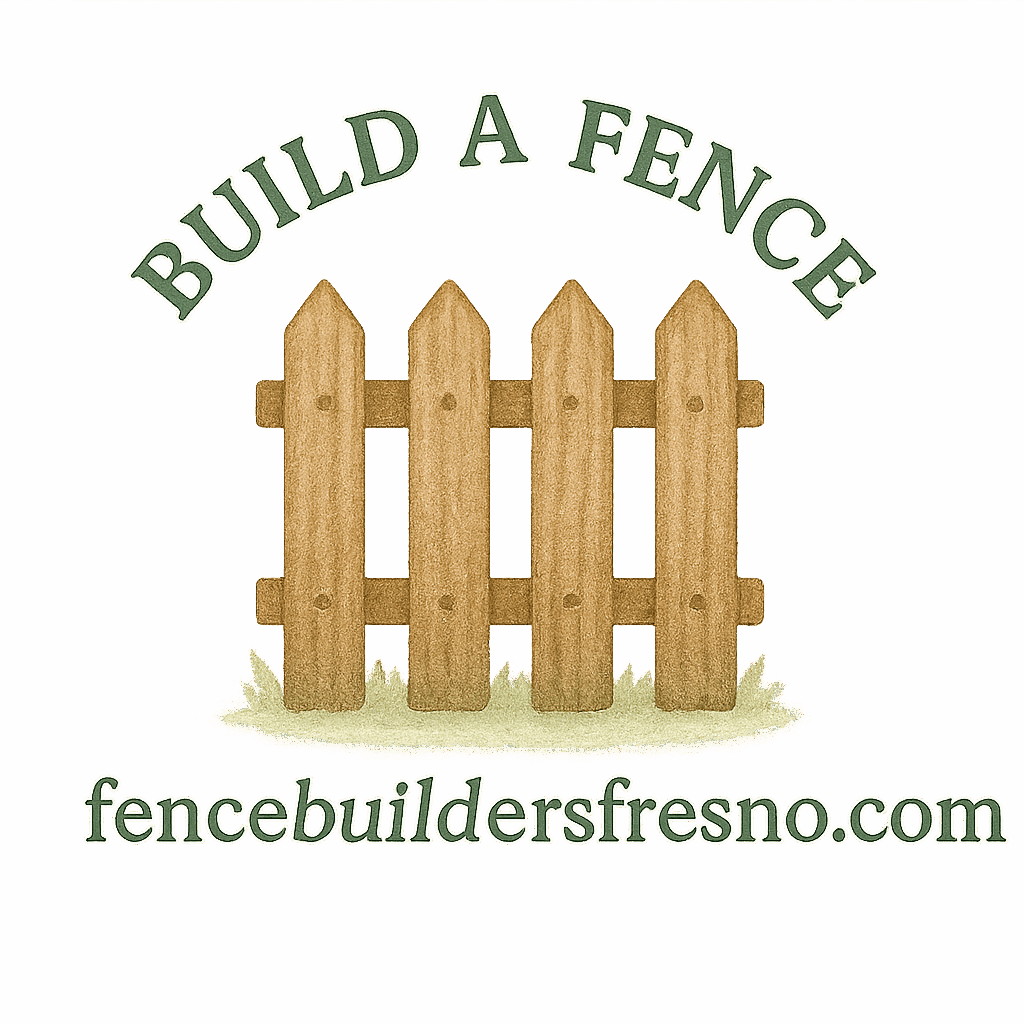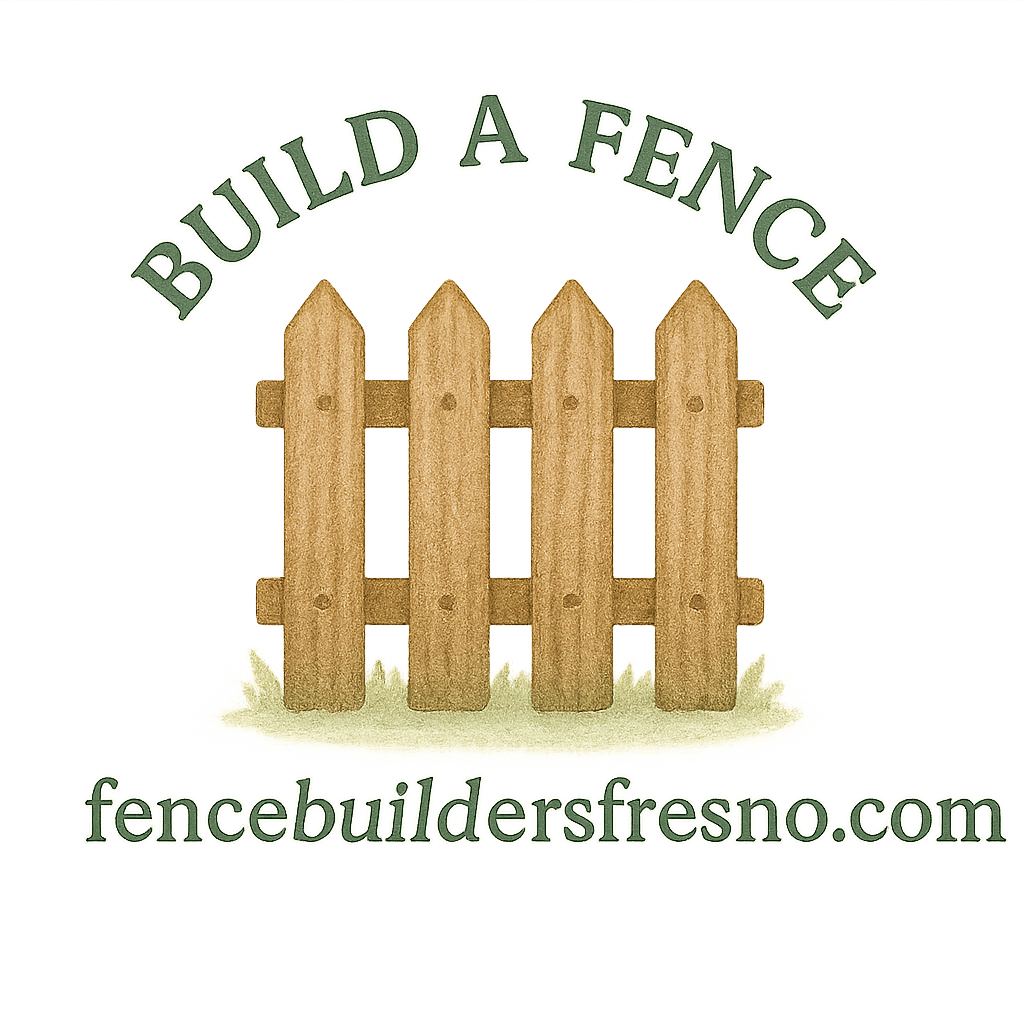Introduction
If you’re a pet parent, keeping your furry friends safe is a top priority. One of the best ways to ensure your pets stay secure while enjoying the outdoors is by choosing the right fence. With so many options available, it can get overwhelming. But don’t worry—we’ve rounded up the top 10 fencing options for pet owners, covering pros, cons, and best uses. Let’s dig in!
1. Chain Link Fence
Benefits for Pet Owners
Chain link fences are a go-to for many homeowners because they’re budget-friendly and effective. They provide visibility while keeping your pets enclosed. They’re perfect for active dogs who love watching the world go by.
Durability and Cost
Made from galvanized steel, these fences are incredibly durable and can withstand jumping, scratching, and weather changes. They’re also one of the most affordable pet fencing options on the market. For pet lovers looking to build something simple and secure, check out Fence Building Basics.
2. Vinyl Fence
Pet Safety and Style
Vinyl fences are not only sleek and stylish but also excellent for pet safety. Their solid panels prevent pets from seeing through, which helps reduce barking and agitation.
Maintenance-Free Living
Vinyl is weather-resistant, won’t rot, and is easy to clean. You won’t need to worry about splinters or chewing hazards either. For a complete breakdown of options like vinyl, visit our Fence Types & Comparisons page.
3. Wooden Privacy Fence
Classic Look with Full Coverage
Wood fences offer timeless appeal and full privacy. They’re tall enough to stop jumpers and solid enough to block line of sight—ideal for anxious pets.
Proper Maintenance for Pet Safety
Wood needs regular upkeep like staining and checking for loose boards. Check out our Wood Fence Care Guide to keep your fence in tip-top shape.

4. Wireless Invisible Fence
Tech Meets Training
A modern solution, wireless fences use signals to keep pets within boundaries. When pets cross the line, they receive a correction through their collar. It’s effective with proper training.
When It Works and When It Doesn’t
While it’s convenient, it doesn’t physically prevent other animals or people from entering your yard. It’s best paired with supervision or additional fencing.
5. Metal Fences (Wrought Iron & Aluminum)
Style and Strength Combo
Looking for elegance and strength? Metal fences like wrought iron or aluminum are a stylish choice. They’re great for larger dogs that respect boundaries.
Tips to Pet-Proof Your Metal Fence
Be sure the bars are close enough to prevent pets from slipping through. Adding mesh can help. Explore more in our Fence Design & Planning guide.
6. Picket Fence
Aesthetic Plus Protection
The classic picket fence can work well for small to medium-sized dogs. It keeps them in while adding charm to your yard—especially for Front Yard Fence projects.
Not Ideal for All Pets
If you have a jumper or a digger, this might not be your best bet. Pets may climb or squeeze between widely spaced pickets.
7. Composite Fence
Eco-Friendly and Long-Lasting
Composite fencing is made from a blend of wood fibers and plastic. It’s durable, won’t splinter, and resists rot and pests—great for both pets and the environment.
Safe and Splinter-Free
Unlike wood, composite materials are splinter-free, making them ideal for curious pets. It’s a perfect example of Low-Maintenance fencing.
8. Electric Fencing for Livestock Pets
Safe Use for Large Outdoor Animals
If you’ve got livestock pets like goats or ponies, electric fencing can be a suitable containment method. It delivers a quick zap that teaches animals to stay away.
Rules and Safety Precautions
Always follow local laws and use appropriate signage. Check out Legal Property Considerations before installing any electric fencing.
9. Mesh and Wire Fencing
Affordable and Flexible
Mesh and wire fences are ideal for small pets like rabbits or chickens. They’re lightweight, adaptable, and easy to set up.
Great for Temporary Setups
Perfect for seasonal or temporary enclosures. If you’re a DIYer, this type falls under the DIY Fence category.
10. Privacy Hedge or Living Fence
Natural and Beautiful
Want something greener? A living fence made of shrubs or hedges offers beauty, shade, and a soft boundary for your pets.
Limited Use for Escape-Artist Pets
This option is best suited for non-escape artists. Persistent diggers or jumpers might easily bypass these natural barriers.
Choosing the Right Fence for Your Pet
Consider Pet Size, Behavior, and Lifestyle
Think about how active your pet is. Do they dig, jump, chew, or climb? A calm senior dog needs less containment than an energetic husky. Explore our full Fence Guide for tailored solutions.
Legal and Property Considerations
Make sure you’re building on your own land and complying with neighborhood or city codes. Avoid Fence Encroachment issues by checking Property Lines and Property Rights.
Maintaining Your Fence for Pet Safety
Regular Inspections
Check your fence weekly for damage, especially if you have a chewer or digger. Loose nails or gaps can lead to escapes.
Repairs and Upkeep Tips
Don’t ignore wear and tear. For help, visit our Fence Maintenance & Repair section and explore practical Upkeep Tips.
Conclusion
Choosing the right fencing option for pet owners isn’t just about looks—it’s about safety, durability, and your pet’s personality. Whether you prefer the timeless wood fence or a modern vinyl setup, always consider your pet’s habits and local laws before installing. And remember, a good fence isn’t just a boundary—it’s peace of mind.
Explore more on Fence Builders Fresno for expert tips, installation help, and maintenance advice!
FAQs
1. What’s the best fence for a large dog who jumps?
A tall wooden privacy fence or vinyl fence over 6 feet is ideal for large jumpers. These options block visual triggers and are hard to scale.
2. Can I install a fence myself or should I hire a pro?
If you’re handy, some fences (like mesh or wood) are DIY-friendly. But for lasting results, a pro can ensure compliance with local codes—see Fence Installation.
3. How can I stop my dog from digging under the fence?
Install a buried barrier like chicken wire or concrete footer. Some pet owners also use gravel or bricks to discourage digging.
4. Are electric fences safe for small pets?
Generally no—electric fences are more suitable for large animals. Smaller pets may not react well to shocks and could get injured.
5. How do I choose between vinyl and composite fencing?
Vinyl is great for a smooth, polished look. Composite offers eco-friendliness and wood-like texture. Both are Durable Fencing options.
6. What’s the most low-maintenance fence for pets?
Vinyl and composite are both excellent Low-Maintenance choices, requiring only occasional cleaning.
7. Can I add a fence just for decoration and still keep pets safe?
Yes! Many Decorative Fence options like metal or picket fences balance style with function, especially when pet-proofed correctly.


